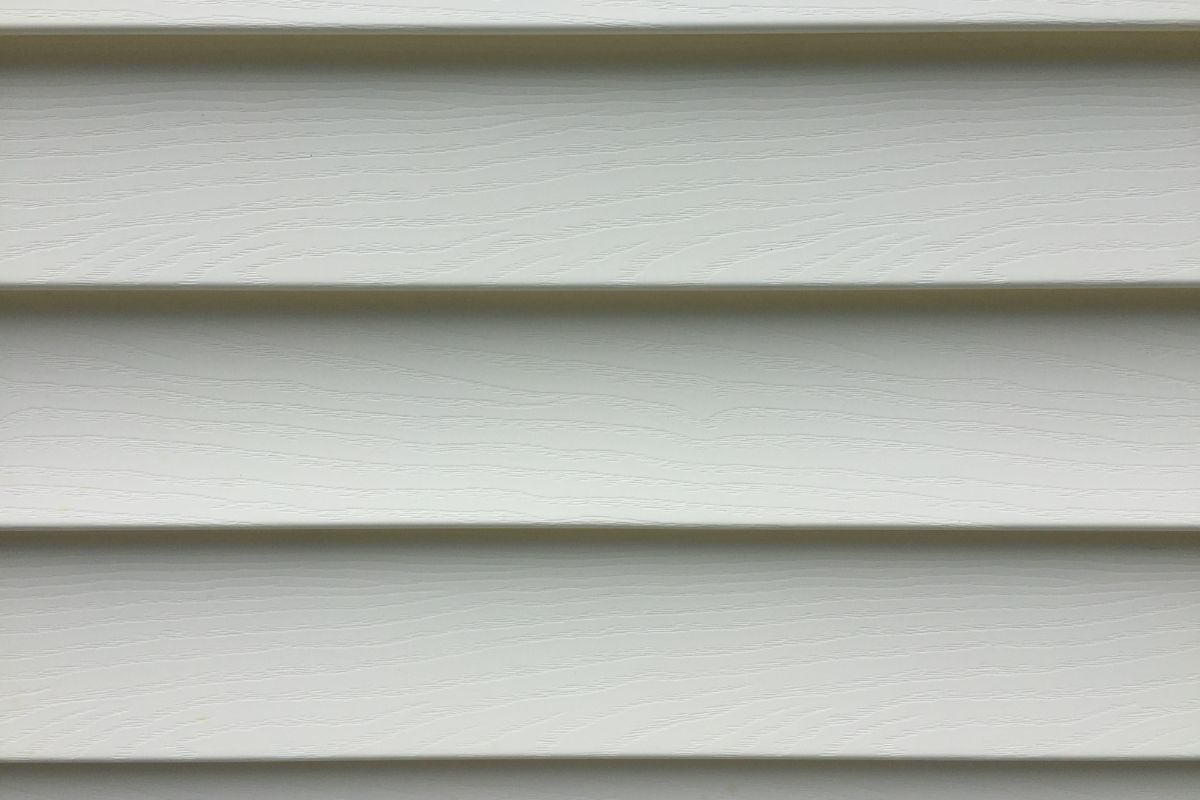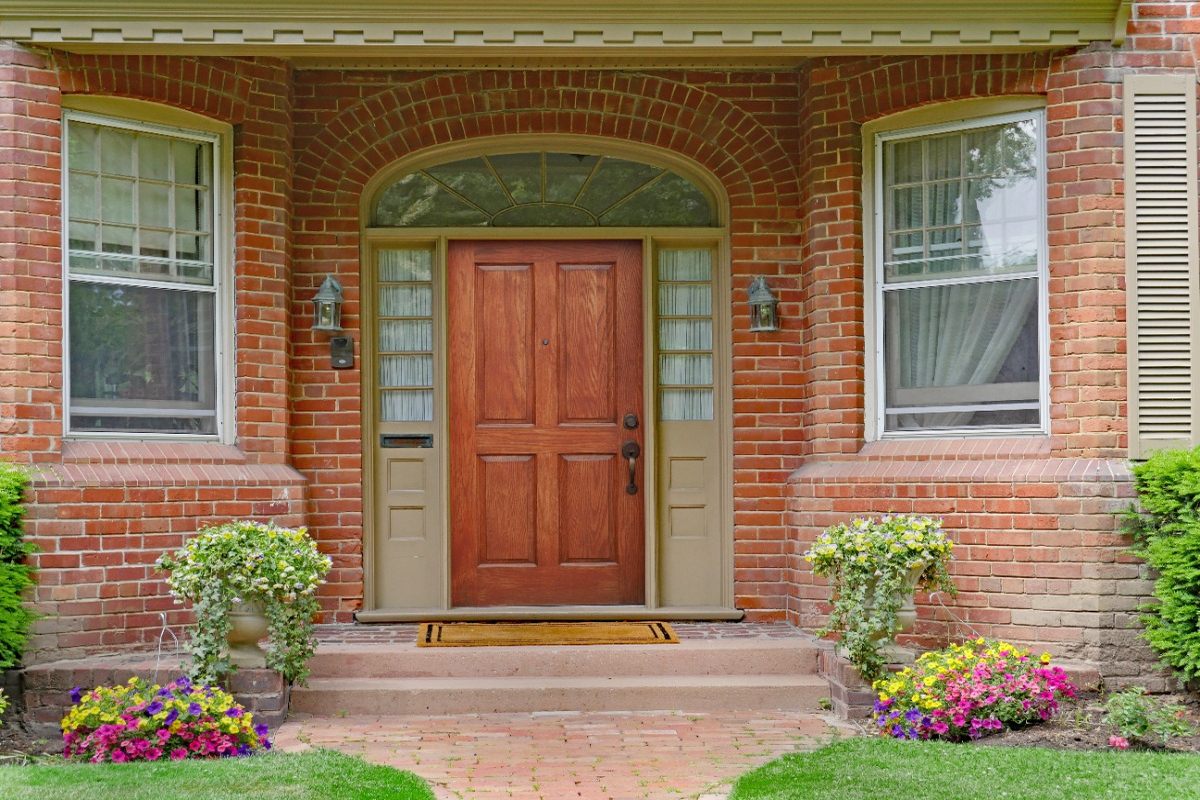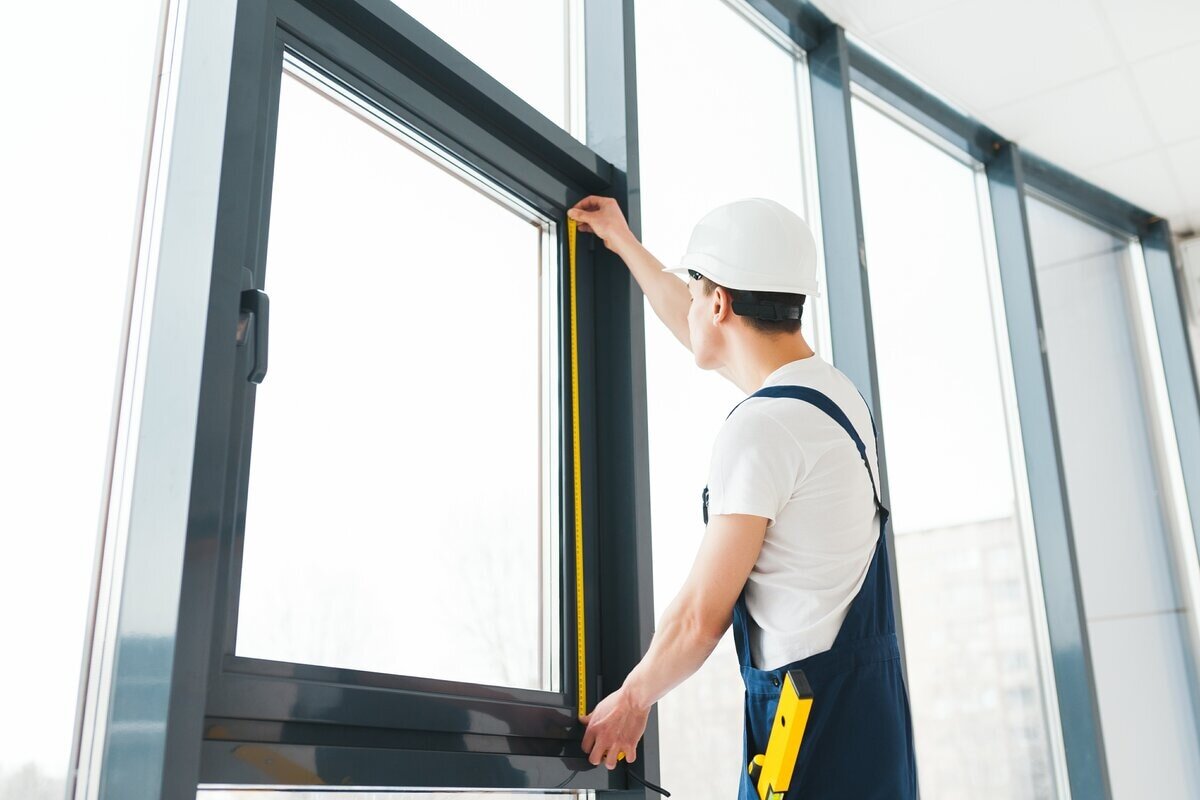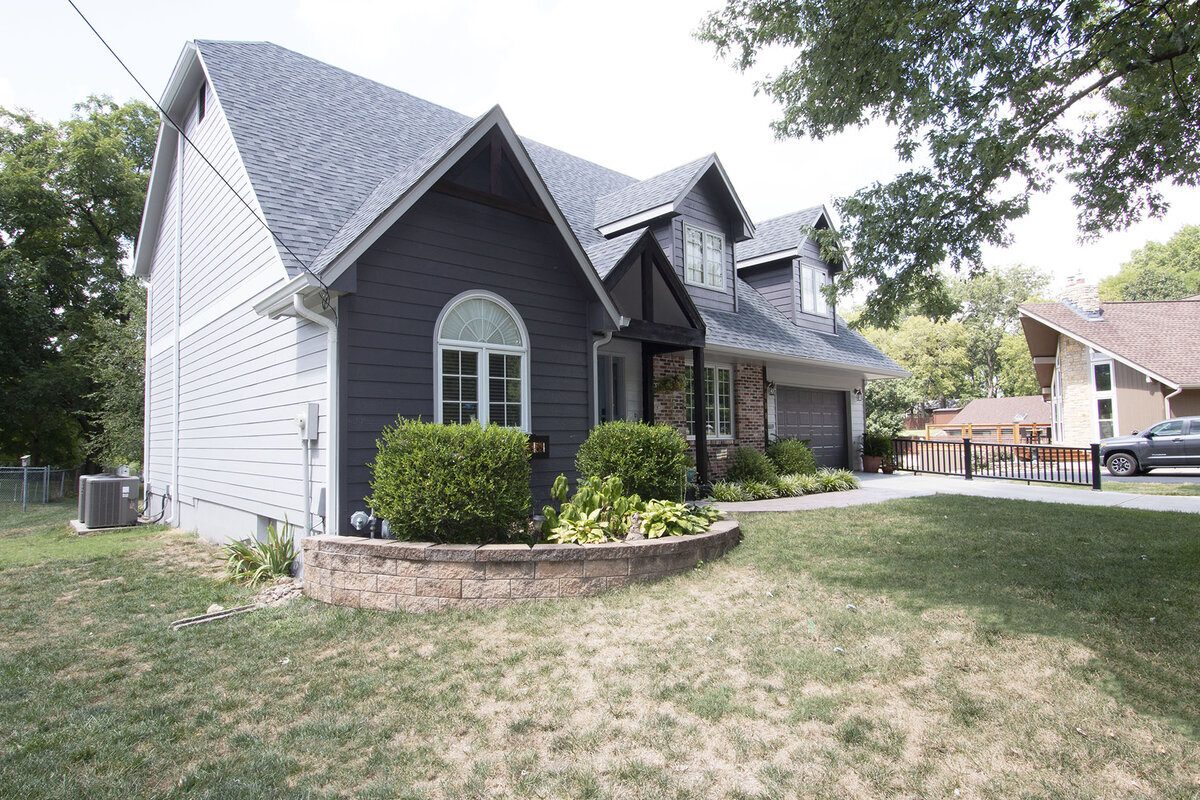What are some of the benefits of vinyl siding? While it’s not always our first recommendation for siding projects, we do recognize a few advantages to traditional vinyl. Especially if you need home remodeling on a tight budget, vinyl can be a way to address the problem.
Benefits of Vinyl Siding
Like Mark Moore mentions in his video on the pros and cons of vinyl siding, it’s a decent move if you want to avoid maintenance and painting. Depending on the size of your home, vinyl might only run you between $5,000 and about $15,000.
Also, vinyl siding isn’t the fanciest material on the market, but it’s come a long way since the middle 20th century when it didn’t have much competition. Now makers are able to tweak the material for better endurance and aesthetics. The R-value for vinyl endurance is a lot better than it once was.
It’s versatile enough to cover a wide range of colors, designs, and textures. This includes designs like Victorian Scallops as well as other horizontal and vertical applications.
Drawbacks to Vinyl Siding
There are, unfortunately, several drawbacks you should know about before finalizing your decision to buy vinyl.
- Although it’s easy to install, it’s also easy for installers to go too fast and make significant errors that’ll show up later.
- It’s not the most environmentally friendly material. Hence, one of the reasons manufacturers continues to devise alternatives with synthetic materials like fiber cement and engineered wood.
- There’s a bit of a “cheap” stigma associated with vinyl siding if you’re in a richer neighborhood (like many of the St. Louis suburbs), vinyl might not match very well with the homes around you.
- Vinyl lacks vapor transmission properties, which makes it vulnerable to moisture problems.
Benefits of Vinyl Siding Vs. Other Materials
Vinyl siding gives you a decent advantage over the problems with wood siding. Wood rot is enough aggravation to pursue vinyl as an affordable upgrade. It’s also significantly easier to take care of than wood.
Our specialty emphasis is on the James Hardie brand of fiber cement siding. Your choice between vinyl and James Hardie comes mostly down to costs and upkeep concerns. Fiber cement siding is more expensive, requires more cleaning effort, and takes longer to install. However, you get an outstanding finished product and a very legitimate wow factor that isn’t there with vinyl.
How does vinyl compare to engineered wood? It tends to struggle more with impact resistance. So, you might not get the most desirable protection from storms, snow, and fire hazards. Vinyl has the tendency to chip and fade much sooner. Also, engineered wood is more eco-friendly.
So, as you can see, vinyl siding is kind of a mixed bag, but it usually costs half the price of just about everything else. Ultimately, we think James Hardie Siding wins the competition with the other traditional materials, but we can acknowledge a few perks to vinyl.
Expert Siding Installation in St. Louis with Hawthorne Exteriors
We’re happy to help you with all kinds of siding work. That’s true even though we tend to think of vinyl siding as an “entry-level” option for homeowners. It’s essential to review the pros and cons of any exterior material whenever you overhaul your siding, windows, doors, or anything else.
You always get 100% Customer Satisfaction when you choose us for siding installation in St. Louis. We’re fully insured, licensed, and bonded to do any job. Plus, we’re rated as the #1 Siding Company in town by BloggerLocal.
Now that you know a few of the benefits of vinyl siding, we’d be happy to show you more by scheduling a free consultation soon.















